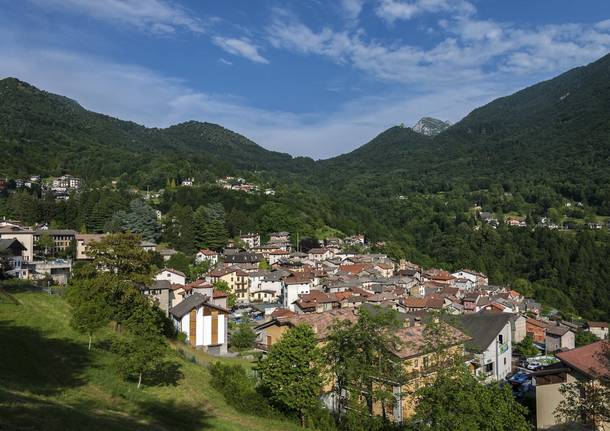 |
| Esino Lario . Photograph: AleMasche/Alamy |
Last month
a mountain village in northern Italy put all its assets up for sale. Street
signs started at €1,250. A pilgrimage site cost around €600,000, with a 15%
discount applied. The town hall was a bit cheaper – €200,000. Benches came at
€280 each, but with an enticing three-for-two promotion.
In a
full-page advert placed in almost all of Italy’s top newspapers, Esino Lario’s
mayor, Pietro Pensa, lamented the reason for the mass sell-off: a lack of
resources to fight the village’s depopulation.
“Sadly, we
no longer have the resources to fight against problems bigger than us,” he
said. “I have decided to sell the most
symbolic places of Esino Lario.”
The
initiative attracted widespread national media coverage and scores of potential
buyers. But on the day sales supposedly began online, prospective customers
were unable to purchase anything – instead, they were redirected to a page
asking them to share pictures of the items on social media. The sale was “fake
news”.
The mystery
was addressed at a press conference in Milan later that day. In fact, the
sell-off turned out to be a PR campaign by a local tech company specializing in
broadband for remote villages.
The company
teamed up with the Esino Lario council to raise awareness about the
depopulation of rural areas, while also obtaining publicity for its new scheme
for villages.
Massimo
Castelli, the national coordinator for small villages at the National
Association of Italian Local Authorities, said he supported the bizarre
deception.
“As
representatives, we try to make the suffering of small villages come to the
fore,” he says. “These areas are actually losing population because there are
no jobs, schools close, services are cut.”
While
Italy’s population has grown by 4 million since the 1990s, research shows that
villages with fewer than 5,000 residents, which make up a fifth of Italy’s
population and manage over half its territory, hemorrhaged some 675,000
residents. The trend is expected to speed up over the next decade.
Smaller
local authorities are fighting for resources and public attention. The houses
for €1 scheme, for example, has become popular throughout the country and have
lured potential buyers from the UK, Dubai, Panama and Russia.
The Esino
Lario’s campaign brought about unprecedented media coverage, with national TV
crews descending on the village. The tech company says the mayor joined the
campaign voluntarily to raise awareness about the issue, without receiving any
direct compensation.
 |
| The Esino Lario ‘sale’ was publicised in national newspapers and had its own website |
From The Guardian (edited)